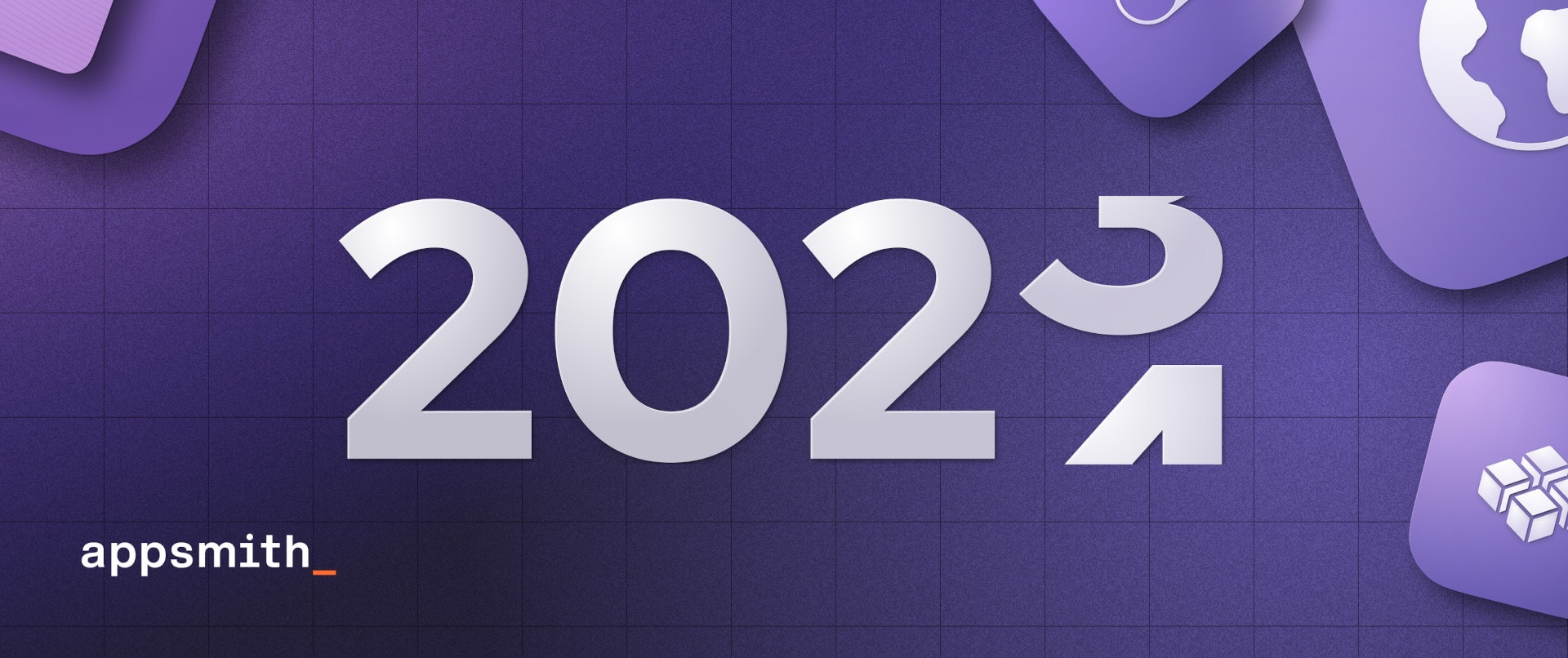Appsmith And The Future of Low-Code: Why I Made The Leap


Three weeks ago, I joined Appsmith as our VP of Sales. I've been directly involved in the growth of this category (low-code development) for the past decade and am incredibly excited about the opportunity here at Appsmith.
Rather than just write a LinkedIn update, I wanted to take a moment to reflect on what I've seen in the space, where it's going, and why I'm bullish on the Appsmith product and team.
The birth of low-code development
I had an opportunity to see the low-code market get established and evolve in the United States. I joined Outsystems just as they were expanding across North America. At that time, we were doing a lot of educating. The initial products early on in the space frankly weren't very good. There was a stigma in the market where buyers believed that there was too much "black box" to these tools, and they weren't capable of producing quality enterprise applications. We did a ton of work: multiple demos, POCs, onboarding services, etc. to win buyers over.
At the same time, we were really building a category. Analysts and buyers weren't thinking about low-code application platforms as a unique category and often tried to lump us into broader sets of infrastructure. We worked with the analysts to create a separate category definition and with our customers to establish a separate budget item for these tools.
The reality is that low-code development is a transformative technology. We were driving huge efficiencies at the companies we worked with and allowing them to build solutions that they never would have had the resources to build with their internal teams. We supported really complex initiatives across all verticals and industries.
The low-code market today
I saw the birth of this category, and now I've also seen it age. All enterprise software becomes bigger and more complex over time — it's a natural evolution. A desire to drive continued growth in a maturing market has led vendors to try and serve as many audiences as possible (think tooling for both citizen and professional developers in the same platform) and push pricing continually higher.
There are some tremendously powerful platforms that will always have a large foothold in the enterprise space, but at the same time, there are growing opportunities for tools at the department level that are a bit more purpose-built. Not everybody is really well-served by monolithic platforms (especially expensive ones), and I'm increasingly seeing teams look for things that are more specialized and lighter weight.
The AI wild card
Generative AI is already a significant disruptor in the low-code space. I'm not convinced that everyone's going to want to build applications through pure text prompt-writing, but vendors are going to have to figure out two things.
One, how AI can assist the development process and unlock even more engineering efficiency in large-scale projects. And secondly, and probably most importantly, how low-code vendors can help organizations build applications around AI and LLMs.
The way that users interact with data from an LLM is totally different compared to data from a traditional backend database. Low-code platforms that can help organizations build out these interactions will become the new leaders in this space.
Why Appsmith?
This will sound corny, but it's really about the people. At Appsmith, I saw thoughtful, forward-looking founders who are very open, willing to listen, and willing to engage. These are people that I really wanted to work with. The fact that the Appsmith platform is open-source is also pretty unique.
Some vendors, who I won't name here, are really getting out of control with pricing. They're taking advantage of the fact that customers are locked into the platform, and essentially holding them hostage.
Having an open-source alternative is a big deal. We give customers the right to own the applications they build, to inspect source code and directly contribute to the platform, and to move off of our commercial editions if we aren't serving them well. Open-source feels like a breath of fresh air in the space, and I'm excited to bring it to more customers.
What's next?
Like my time at Outsystems, we have a huge growth opportunity. Appsmith has a firm and growing presence in APAC and Europe, and we're starting to see some significant momentum in North America. For a number of years, I also had the pleasure to lead the LATAM region for Outsystems, and I see that as an additional expansion opportunity. One of the things that surprised me coming in was the number of established enterprise clients that are already using Appsmith. My goal is to help the team lean more into this segment.
I'm also looking forward to meeting and interacting with the Appsmith community. There is an incredibly vibrant group of passionate supporters around the platform. You will be a key component of our continued success, so please reach out and say "hi." I'd love to hear from you.


